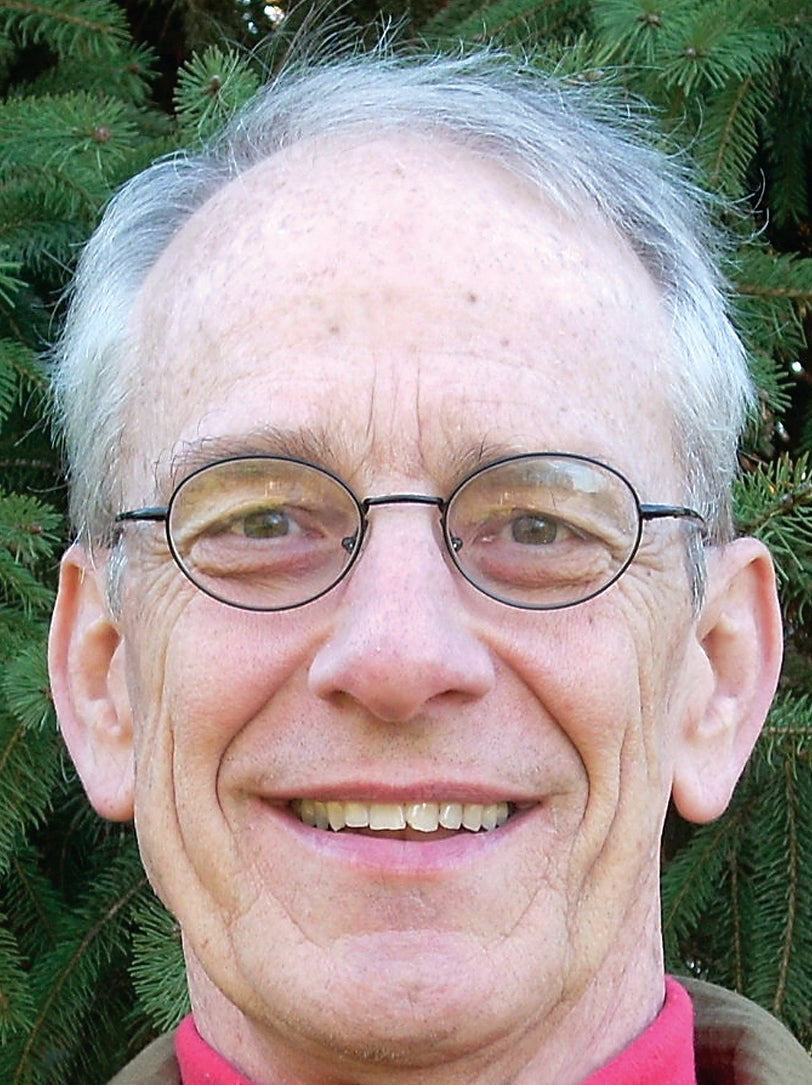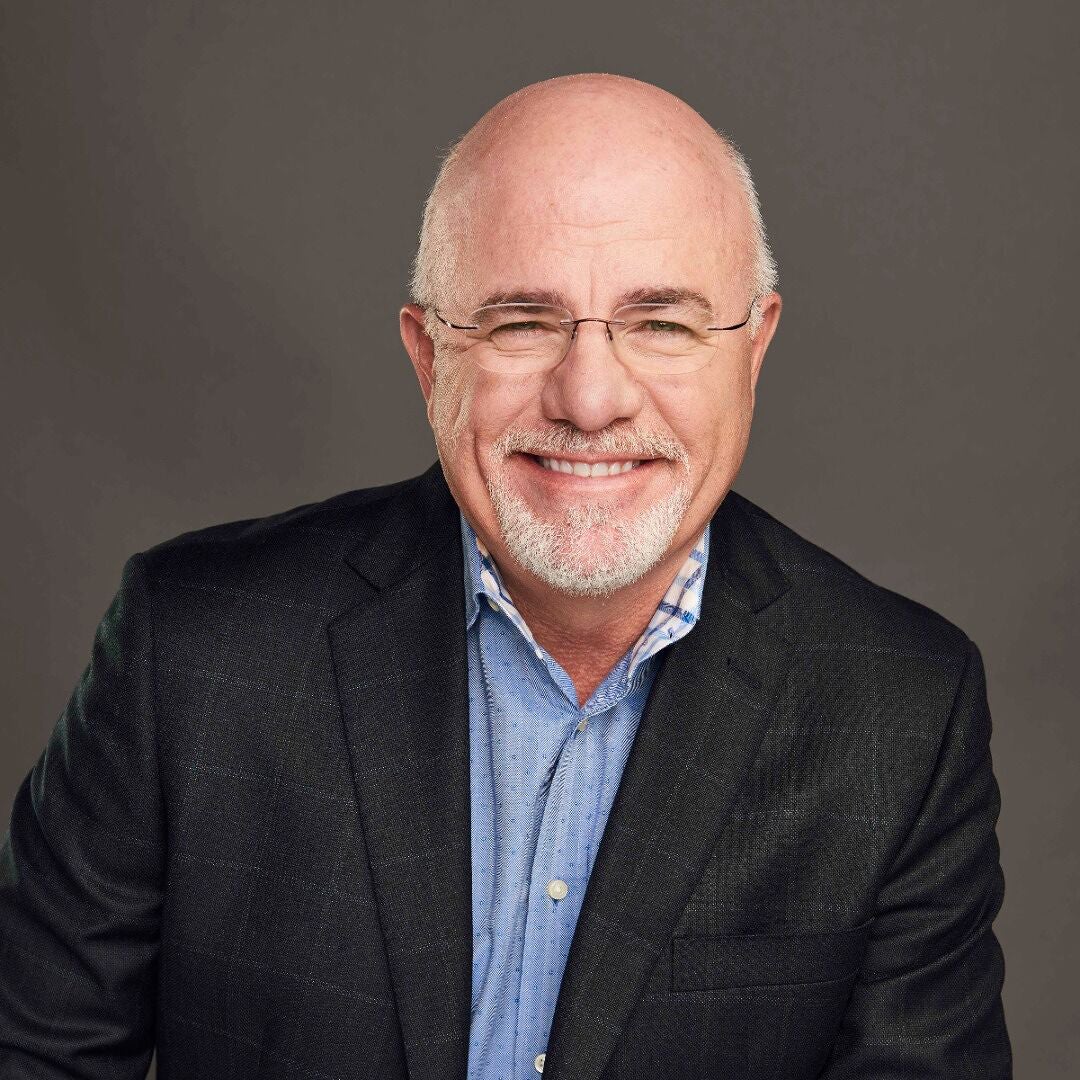Closer Look: Eclipse bringing darkness in daylight
Published 2:15 pm Sunday, August 20, 2017
Monday is the first total solar eclipse exclusively in the U.S. in the nation’s history. It’s also a tremendous opportunity for scientists and researchers as the entire path is over land, which can be photographed and recorded much easier than those which occur over oceans.
The path of the totality, where people can see the moon completely block the sun, is about 70 miles wide arcing east from Oregon to South Carolina. The closest points to Winchester are western Kentucky and around Knoxville, Tennessee. Both areas have been planning for the influx of people for many months.
In the Commonwealth, the totality of the eclipse will cover a 98-mile wide swatch across western Kentucky, roughly from Bowling Green to west of Paducah. It includes Eddyville, Hopkinsville, Russellville, Madisonville and Franklin.
In Tennessee, it will travel 186 miles from Cleveland in southeastern Tennessee to Clarksville in the northern central region. It will pass just south of Knoxville.
In Winchester, a partial eclipse will be visible, with the moon blocking most of the sun around 2:31 p.m. Monday. Peak eclipse time is estimated at 2 minutes and 40 seconds. In all, the partial eclipse will last almost two hours.
Bluegrass Community and Technical College will host a viewing event at the Winchester campus from 1 to 4 p.m. Monday. BCTC Professor of Chemistry and Environmental Science Technology Tracy Knowles said it will be in the amphitheater and there will be about 100 pairs of glasses available for use.
“This is our big chance in the next 100 years to see anything close to a total eclipse,” she said.
What will happen
The actual eclipse will last around three hours, though the peak time will be around 2:30 p.m.
“It will get dark,” Knowles said. “People might notice some winds picking up. They may notice some crescent-shaped shadows on the ground and that’s normal.”
Animals and plants will react as if it is night, with flowers closing and animals making more noise than usual.
Twice in a lifetime
The last solar eclipse to cross the continental U.S. happened in the Pacific Northwest in February 1979. For a couple minutes, the skies turned dark. Winchester resident Kerry Odle was there, purely by chance.
“I was working in Jackson, Mississippi, for the U.S. Forest Service,” Odle said. “There was a two-week school in Bozeman, Montana. I got sent there and didn’t know anything about an eclipse.
“I didn’t know anything about it until we saw the bars advertising eclipse drinks.”
At the appointed time, Odle and his classmates were outside, passing a couple of welding glasses around so they could watch the moon pass in front of the sun.
“The big thing was when it started getting dark, all the dogs started howling,” he said. “The full eclipse probably lasted a minute and a half. It seemed like an hour or two before it cleared the sun.”
Seeing an eclipse didn’t seem particularly rare at the time, he said.
“When you’re 24 years old, you didn’t realize it was a big deal,” he said. “I was just there by accident. I didn’t realize we wouldn’t see another one until 2017.”
If all goes according to plan, Odle will see his second on Monday. His wife Liz just started talking about going to western Kentucky for the event this week. With the lack of and expense of hotel rooms, they may make a day trip of it, he said.
“Hopefully traffic won’t be that bad, but you never know,” he said.
Travel
Earlier this week, transportation officials in both Kentucky and Tennessee issued travel advisories for Monday.
Though Hopkinsville and the surrounding areas are the spots in Kentucky to see the totality, it is closer to go to Knoxville, Tennessee, and nearby cities.
The Kentucky Transportation Cabinet is expecting heavy traffic and delays throughout the 10 counties on the path of the totality. The cabinet is asking travelers to “come early, stay put and leave late.”
“We want residents and visitors to be fully prepared for heavy traffic and other potential challenges that may arise due to the mass migration of people heading to the eclipse corridor,” KYTC Secretary Greg Thomas said. “For the best experience, visitors need to plan ahead and have a specific place to view the eclipse.”
The Tennessee Department of Transportation urged motorists to reach their destination or a safe parking lot to view the eclipse, rather than stopping on the side of the interstates.
The Tennessee Highway Patrol said extra state troopers will be on patrol, every five miles or so.
Every few decades
Though solar eclipses have been visible in the U.S. before, most recently in 1979, scientists say this is the first one exclusively in the country since it was formed more than 240 years ago.
The next one? According to EarthSky.org, there will be a total solar eclipse on April 8, 2024. That one will arc from Texas to Maine, and will cover part of Kentucky. Another one will happen in August 2045, from California to Florida.
Health risks
It’s never good to stare directly into the sun. A total solar eclipse adds temptation, but even brief, repeated looks can cause significant damage to our eyes.
“Looking at an eclipse without proper eye protection can cause permanent and irreversible eye damage including blindness,” Kentucky Department of Public Health Commissioner Dr. Hiram C. Polk Jr. said in a news release. “We encourage everyone to enjoy this special celestial event, but urge the public not to look directly at the uneclipsed or partially-eclipsed sun without special purpose solar filters such as eclipse glasses or hand-held solar filters.”
The standard for glass is ISO 12312-2. Welding helmets with a no. 14 lens can also be used to safely watch the eclipse. Solar filters for telescopes, which fit on the large end, are another option.
Indirect projectors, such as a pinhole projector made with paper or cardstock is another safe option.
Homemade filters and ordinary sunglasses are not safe, nor is looking through a camera, telescope or binoculars with eclipse glasses. The lenses concentrate the rays and can damage both the filter and your eyes.
Knowles said the only time it is safe to remove eclipse glasses is during the totality and only if you are in the direct path in western Kentucky or Tennessee.
In central Kentucky, the eclipse will only reach 95 percent, she said. It’s enough to darken the skies, but not enough to be safe to view with the naked eye.
“It basically means you can’t take the glasses off,” she said. “Even though it’s a 5 percent slice (of the sun), it is still putting out a lot of energy.”
No classes, but plenty to learn
The risk of eye damage was one of the factors in the decision by Clark County Public Schools to cancel classes for Monday.
Robbie Sergent, a seventh-grade science teacher at Campbell Junior High School, said he taught his students about the eclipse this week, though the subject will come back up in the spring.
“We’ll go over safety so the kids know why we don’t go outside and stare at an eclipse,” he said. “We’re going to show them what causes the eclipse.”
Rather than having the students collect data during the eclipse to use in class, Sergent said he will record the eclipse and gather the data himself. The information will be used when he teaches about light later in the school year.
“Even though this is a major phenomena, it could be a dangerous phenomena,” he said.
Knowles said a team of BCTC students has been working with NASA for more than a year to gather data about the eclipse. At noon central time Monday, a group of BCTC students will launch a helium-filled high altitude balloon from Paducah carrying sensors and data-recording equipment into the stratosphere. Knowles said the balloon should reach 100,000 feet in altitude before it bursts.
The BCTC group is one of 50 launching similar balloons, which will share the data with NASA.
The balloon will also carry video and still cameras, which will be streamed to NASA as well as the watching station in Winchester, she said.
The feeds will be available online at bctchab.com.
“Our goal is to live-stream the eclipse back to NASA,” she said. “It’ll be the first time in history the eclipse has been filmed from the edge of space. It’ll be a really fun day.”







